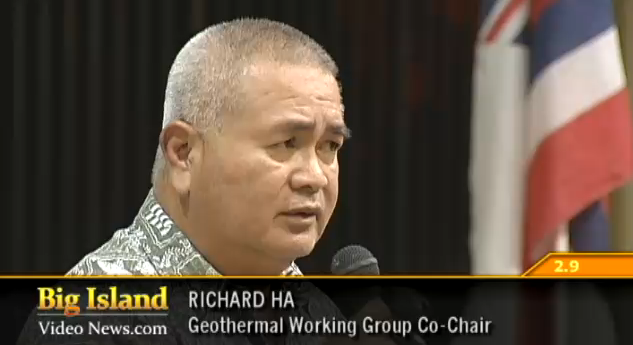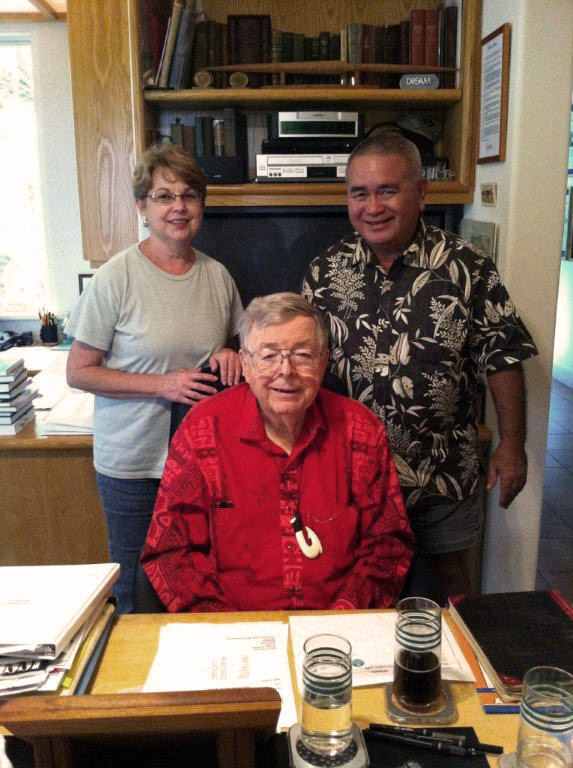Ku‘oko‘a’s goal is to transform HECO so it becomes an economic engine instead of an economic anchor.
Our plan is to retool HECO by purchasing HEI’s outstanding stock. This will allow us to shut down oil-fired plants, and bring cheap and stable geothermal electricity on line.
In a world of volatile oil prices, stable electricity costs will attract capital to Hawaii. And as oil prices rise and geothermal costs stay stable, our standard of living will rise relative to that of the rest of the world.
In modern Hawai‘i, the economy has taken, taken, and taken, while the culture has given, given and given. We have a once-in-a-lifetime opportunity to make changes so that the economy can give and the culture can receive. This will strengthen our cultural heritage of aloha spirit, which is what makes Hawai‘i work.
And aloha spirit is what we need to help us face an uncertain future of rising oil prices.
From the Maui News:
Haku Mo‘olelo
March 18, 2011 – By EDWIN TANJI, former City Editor
When a partnership, Kuokoa Inc., proposed to acquire Hawaiian Electric Industries to take it private and pursue renewable energy initiatives that reduce Hawaii’s dependence on oil, the partners suggested that traditional capitalist systems fail to support innovation.
They are not the first to argue that publicly held companies, compelled to aim for short-term earnings, can’t engage in long-term product development that provides greater social and economic utility. It would be a milestone in economic analysis if they prove their point.
More than a decade ago, David Murdoch posited the same argument in taking private the Castle & Cooke division that “owns” the island of Lanai. He said demands for dividends and growth in share value would not allow the planned development he envisioned for the island with clearly finite resources.
Kuokoa partners are even more visionary in seeking a new level of energy independence for the islands. Hawaii consumers should applaud the effort, if they are paying any attention to the fuel adjustment portion of their monthly electric bills…. Read the rest


